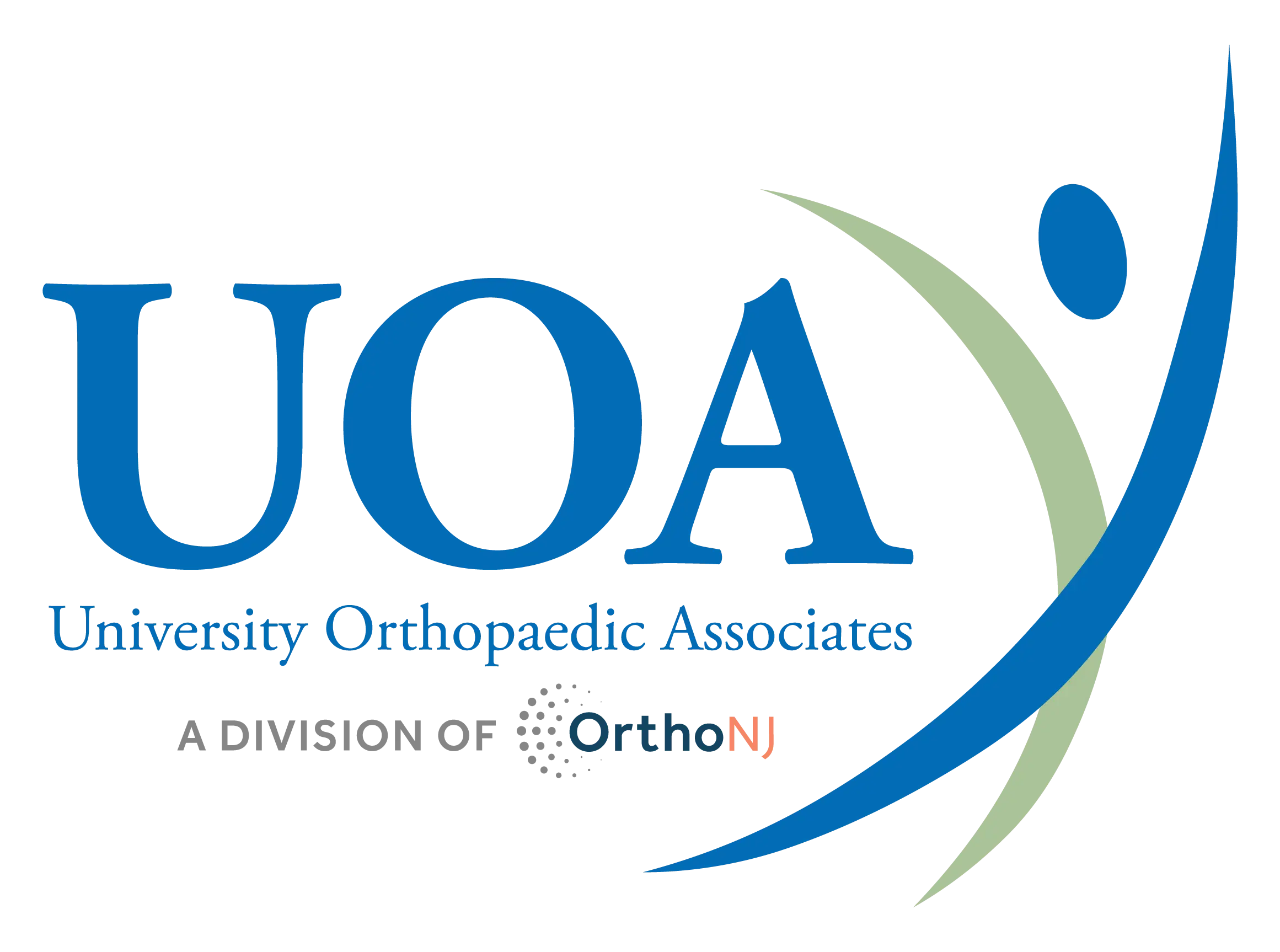As the most mobile joint in the body, the shoulder allows the arm to rotate, turn in multiple directions and reach overhead. However, due to the versatility and range of motion, the shoulder joint is also vulnerable to instability.
Shoulder instability occurs when the tissue surrounding the shoulder joint becomes too loose or is torn from overuse or injury, thus forcing the humeral head out of the shoulder socket. When this happens repeatedly, which it tends to do after an initial dislocation, it is referred to as chronic shoulder instability.
Symptoms
Symptoms of shoulder instability include:
- Pain and deformity of the shoulder (resulting from dislocation)
- A “loose” feeling from frequent subluxations (partial dislocation in which the shoulder slips)
- Sudden pain or pinching from subluxation
- A numb spot outside of the arm if nerves in the area are stretched as a result of dislocation or subluxation
Non-surgical treatment for shoulder instability includes:
- Closed reduction (manipulation of the joint back into place if dislocated)
- Possibility of a sling or another immobilization device
- Icing
- Anti-inflammatory medication
- Rest
- Rehabilitation exercise (physical therapy)
When non-surgical treatment does not resolve the problem, the types of surgery for shoulder instability include:
- Capsular shift, performed arthroscopically to tighten the joint capsule
- Bankart repair (labral repair), commonly performed arthroscopically or open to repair a tear to the labrum
- Latarjet procedure, an open surgery to secure a bone graft to repair bone loss caused by repeated shoulder dislocations




